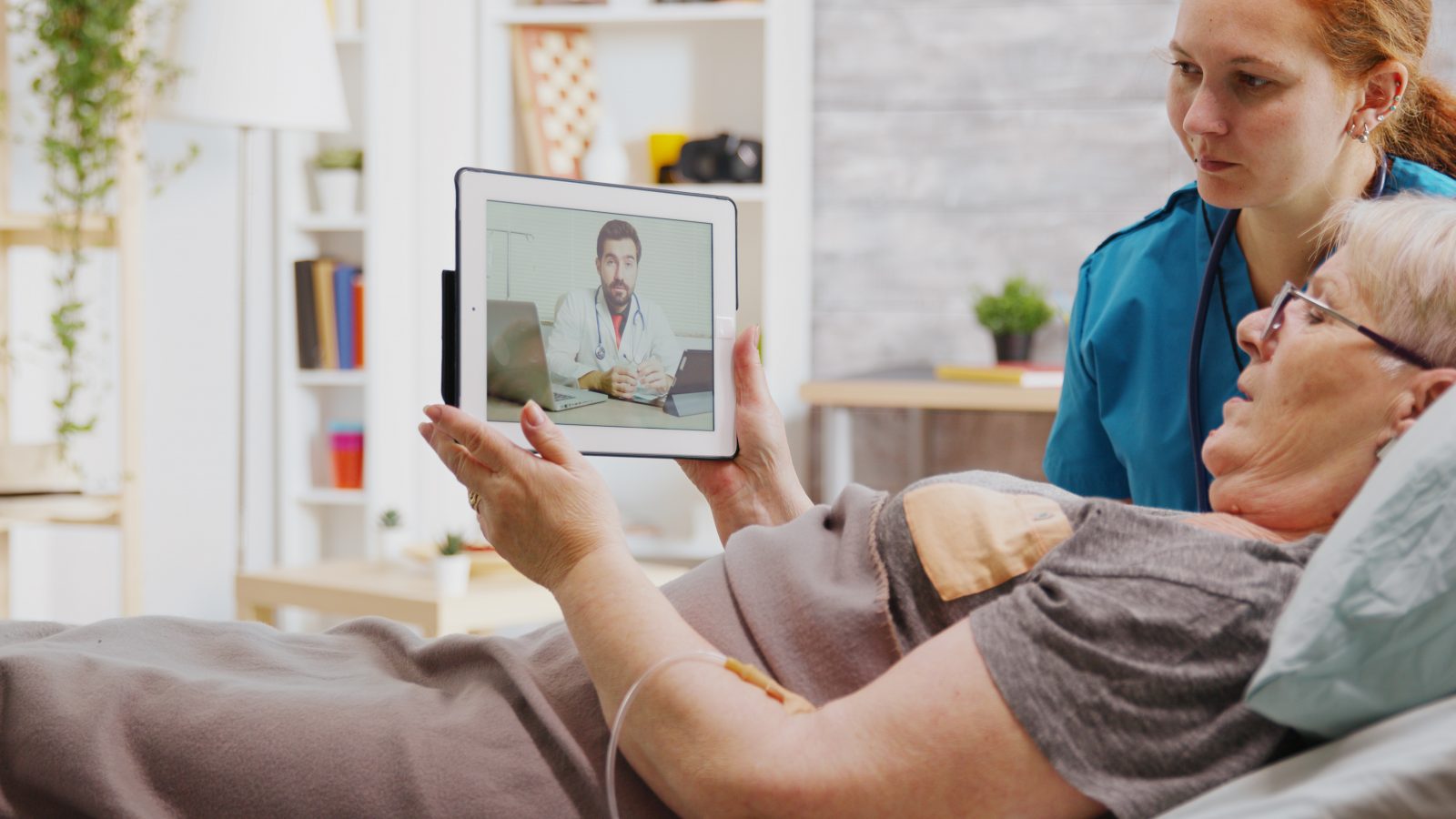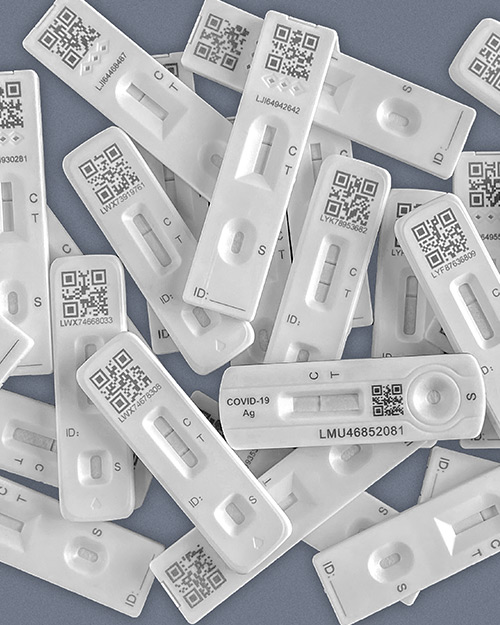-

UK Point-of-Care Market Entry Strategy
-

Digitalisation of ICB Ophthalmology
-

Virtual Ward Implementation Programme Methodology
-

Commercial Case for NHSE South-West Community Diagnostic Hubs
-

Programme Management of a New Outpatient Facility
-

Technology-enabled virtual wards the future of healthcare
-

Transforming homes into hospitals
-

Technology-enabled Virtual Wards
-

Logistics Management for a Global Pharmaceutical Company
-

Preparing for the challenges of tomorrow with robust continuity planning
